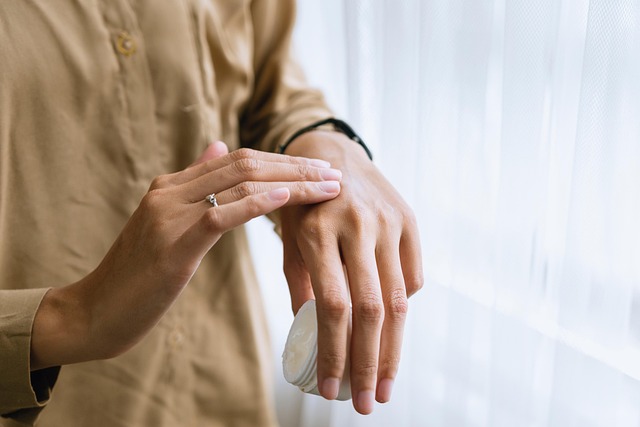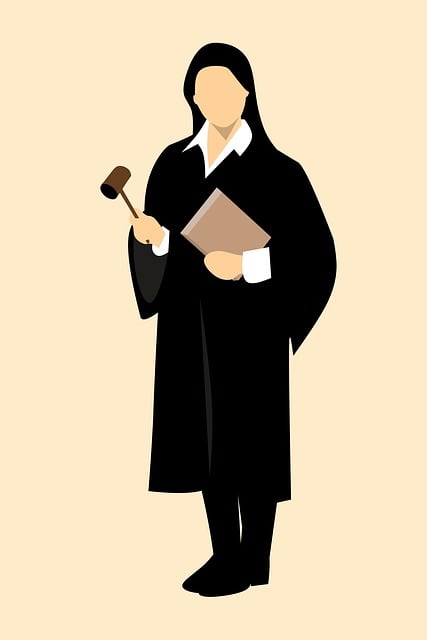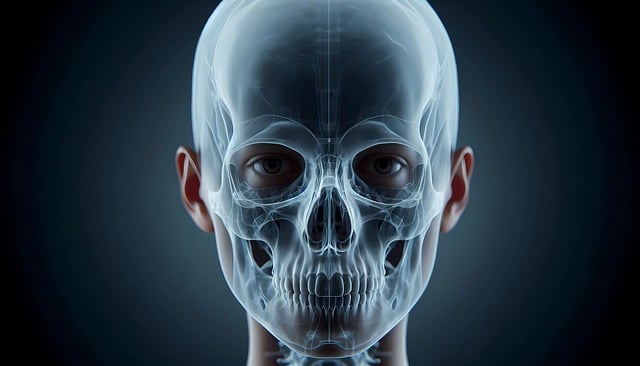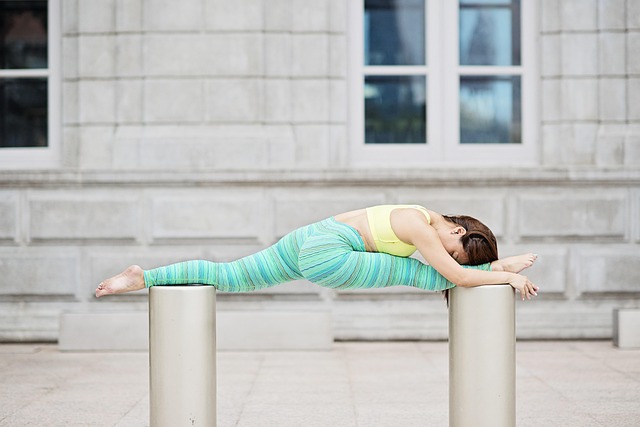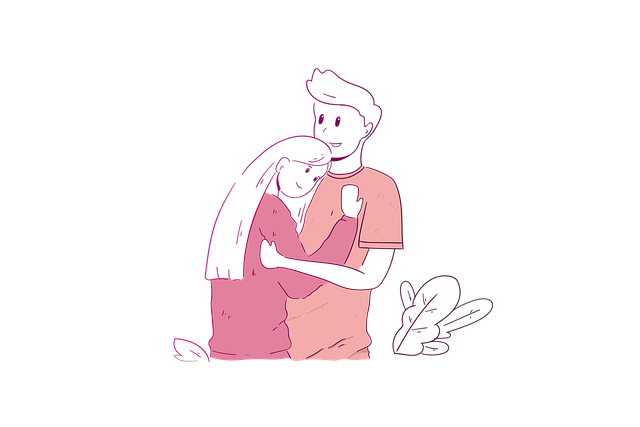Postural problems after accidents cause chronic pain and reduced mobility due to muscle imbalances, joint misalignments, and compressed vertebrae. Corrective chiropractic care focuses on realigning the spine and restoring body mechanics, alleviating pain, and promoting long-term posture improvement. X-ray guided posture rehabilitation, utilizing detailed imaging for accurate assessment and correction of spinal misalignments, facilitates effective recovery after accidents, aiming to restore optimal spinal health and natural alignment.
Postural issues stemming from accidents can significantly impact daily life. X-ray guided posture rehabilitation offers a promising solution, utilizing advanced imaging to tailor treatment plans. This article delves into understanding common postural challenges post-accidents and highlights the transformative power of x-ray guided rehab. We explore specific corrective chiropractic techniques proven effective for optimal recovery. Discover how these methods address the root causes of postural issues, fostering improved stability and a return to active living.
- Understanding Postural Issues After Accidents
- The Role of X-ray Guided Rehabilitation
- Corrective Chiropractic Techniques for Optimal Results
Understanding Postural Issues After Accidents
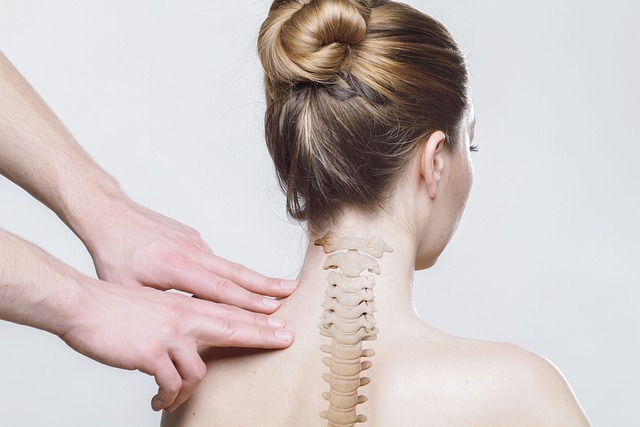
Postural issues often arise after accidents, such as car crashes or falls, leading to chronic pain and reduced mobility. These incidents can cause muscle imbalances, joint misalignments, and compressed vertebrae, all of which contribute to poor posture. The impact on the spine can result in various problems like hunching, shoulder discomfort, neck stiffness, and even headaches.
Accident-related postural issues may not always be immediately apparent, but they can develop over time if left unaddressed. Seeking professional help is crucial for accurate diagnosis and effective treatment. Corrective chiropractic care plays a vital role in rehabilitating postural issues after accidents by focusing on realigning the spine and restoring proper body mechanics. This holistic approach not only relieves pain but also promotes long-term posture improvement, ensuring folks can regain their active lifestyles.
The Role of X-ray Guided Rehabilitation

X-ray guided posture rehabilitation plays a pivotal role in addressing postural issues, especially after traumatic accidents. This advanced approach leverages detailed imaging to accurately assess and correct spinal misalignments, which are common consequences of such incidents. By utilizing X-rays, chiropractors can precisely pinpoint areas of deviation from normal anatomical alignment, enabling them to tailor corrective chiropractic treatments.
Such guided rehabilitation ensures that adjustments are made with precision, minimizing the risk of further damage or complications. This is particularly crucial for patients dealing with postural distortions resulting from car accidents, falls, or sports injuries. X-ray guidance allows for measurable progress tracking and facilitates a more effective recovery process, ultimately helping individuals regain optimal spinal health and restore their body’s natural alignment.
Corrective Chiropractic Techniques for Optimal Results
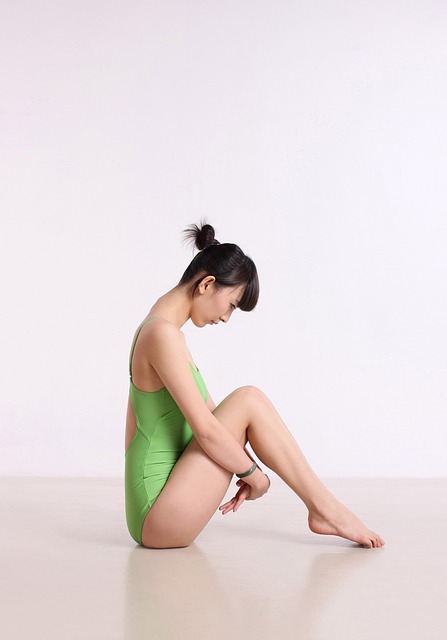
Corrective Chiropractic techniques play a pivotal role in X-ray guided posture rehabilitation, especially after accidents that cause postural imbalances. These skilled manipulations aim to realign the spine and restore its natural curvature, addressing misalignments that can lead to chronic pain and reduced mobility. Chiropractors use a variety of specific adjustments and mobilizations tailored to individual needs, ensuring optimal results.
For patients recovering from accidents, these techniques are crucial for correcting not only visible postural deviations but also underlying structural dysfunctions. By targeting problem areas identified through X-ray imaging, chiropractors facilitate the body’s natural healing process, promoting better posture, improved spinal health, and enhanced overall well-being.
X-ray guided posture rehabilitation, especially through corrective chiropractic techniques, offers a promising path to recovery for those dealing with postural issues arising from accidents. By combining advanced imaging with specialized treatments, this approach ensures precise adjustments to the spine, fostering optimal alignment and enhancing overall well-being. Incorporating these methods into rehabilitation routines can lead to improved mobility, reduced pain, and long-lasting positive outcomes for individuals recovering from accidental injuries.

